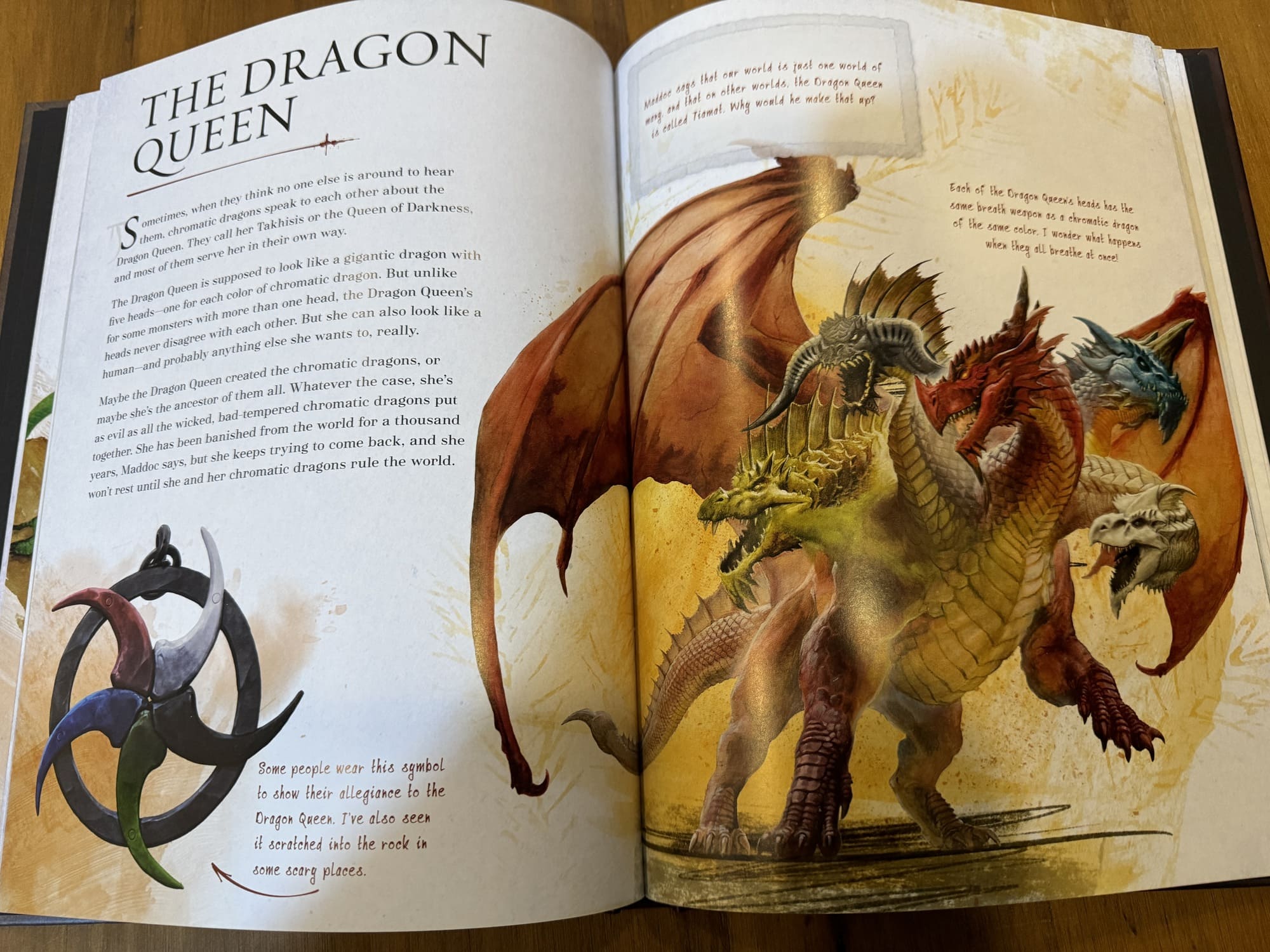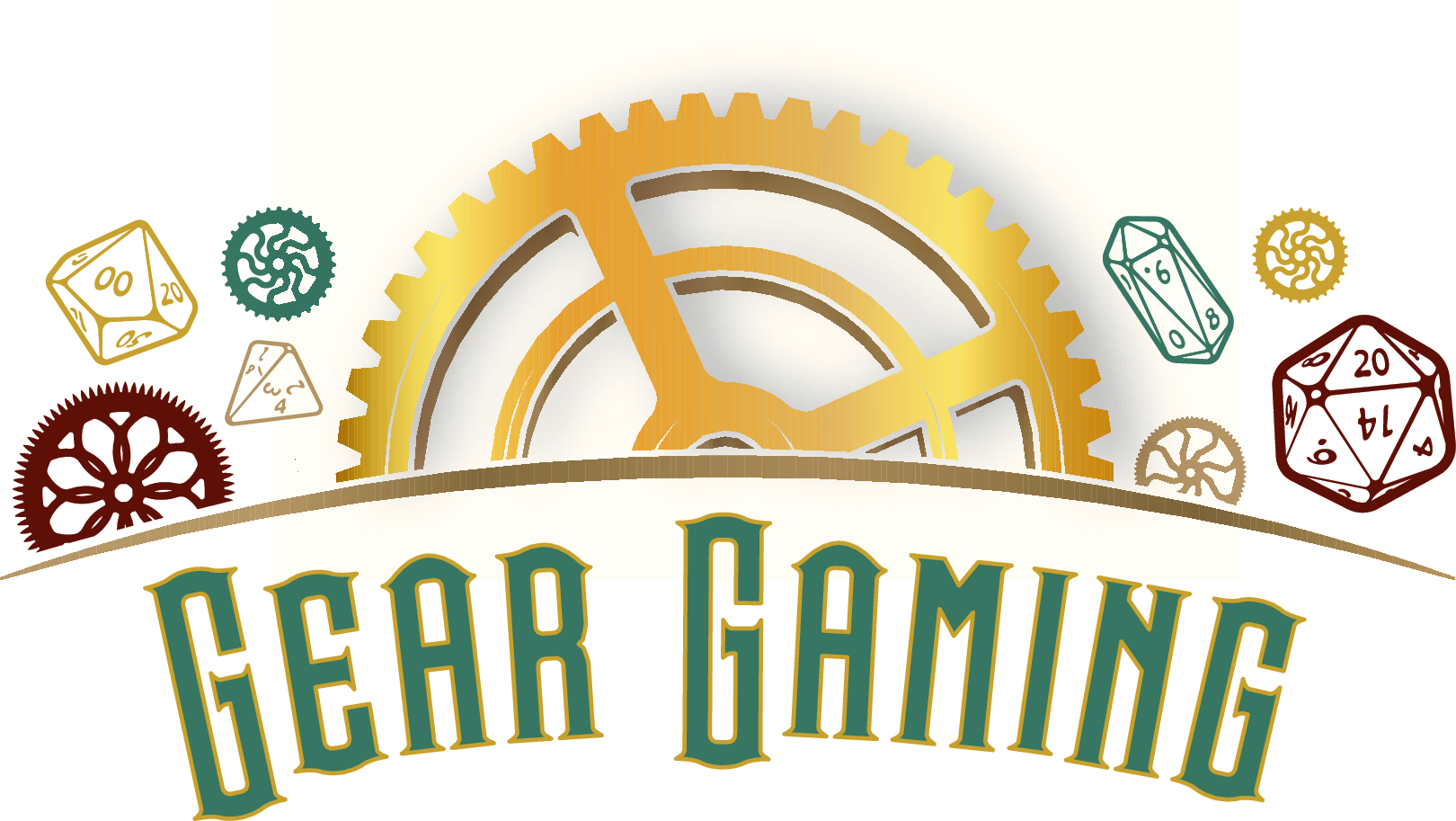I mean it’s in the name, right? Dungeons and DRAGONS.
I’ve been drawn to anything bearing either of those two words since the mid-1980s when I picked up the game’s iconic Player’s Handbook.
Dragons are mysterious, terrifying, and sometimes chubby (Hello, Themberchaud!) and sometimes lovable (See Faerie Dragon familiars for more), but always iconic!
The Practically Complete Guide to Dragons was published by Wizards of the Coast in August this year. It certainly leverages the interest of its audience in these mythical lizards with magical powers.
The book is an odd one for the Dungeons and Dragons catalog since it offers no mechanics for the game. Instead, it boasts rich detail about the anatomy, habitat, and personality of the main dragon types in the Dungeons and Dragons universe.
It reminds me of the old ”Ecology of …” articles from Dragon magazine where a single creature from the game got a deep lore write-up about what it likes to eat, where it likes to sleep, and sometimes even how it reproduces. The Ecology of the Piercer (Dragon #72) is especially surprising.
The Practically Complete Guide to Dragons is written from the perspective of Sindri Suncatcher, self-described as “the greatest kender wizards who ever lived.” Sindri offers quips and kender-like asides throughout the book that polish up the text and lavish drawings to a witty and engaging sheen.
In October 2021, we received Fizban’s Treasure of Dragons which offered up some novel rules, and lots of lairs and singlehandedly saved the ranger the class with the introduction of the drakewarden subclass.
When I read Fizban’s I wanted more of the descriptive psychological profile of the various chromatic and metallic dragons. I had to return to the 2014 Monster Manual for that brief section.
However, The Practically Complete Guide to Dragons delivers this sort of lore in heaps. Most dragons get a six-page section that explains what makes each dragon type unique and offers ample art to get the point across.
For those newer to Dungeons and Dragons, the shorthand you can follow is that chromatic dragons are evil and follow Tiamat, and metallic dragons are good and follow the Platinum Dragon, alternatively known as Bahamut or Fizban.

There are a lot of dragon books out there, but this is the first book I can recall that focuses specifically on dragons from Dungeons and Dragons and their personalities and types.
In my opinion, this book is a great intro to those new to the game who want the lore without being bogged down by the mechanics. The large text leads me to believe a curious child around 8-13 would be the ideal audience.
For an older gamer like myself who is still young at heart, I enjoyed the layout immensely and reveled in the lore of the book. In many ways, it’s an imagination and idea goldmine for a dungeon master. I really enjoy having it on my shelf next to my dragon minis and my copy of Fizban’s Treasure of Dragons.
The Practically Complete Guide to Dragons is available at Gear Gaming for $39.95.
Disclosure: I’m a lifelong Dungeons and Dragons player and also a partial owner at Gear Gaming. I received a review copy of this book from the store.

